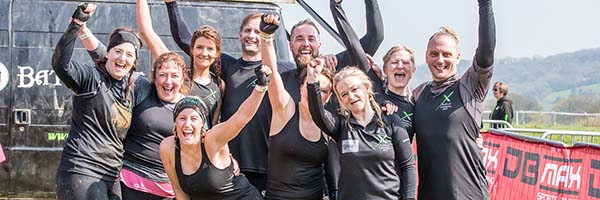To enjoy and excel in any endurance event such as Obstacle Course Racing (OCR), it’s important to prioritise your training. As we’re at the beginning of the year, with your first event likely months away, your training focus should be on building a strong base. Base training serves as the foundation for OCR success, providing the necessary endurance, strength and resilience to conquer the varied obstacles encountered on the course.
What is base training?
Base training is a fundamental phase in a training cycle. Whether you’re training for your first parkrun or 12th Ironman triathon, it’s the period in which you develop a solid foundation of cardiovascular fitness, muscular strength and endurance. Once the base training phase is complete, you can then move onto more specific and intense workouts (which we’ll cover in another blog). Training sessions within the base phase typically comprises longer, slower-paced exercises that enhance overall fitness and lay the groundwork for more specialised training later on.
Why base train? 2 main reasons:
- Endurance Building – Base training is instrumental in developing cardiovascular endurance – a crucial aspect of OCR success. Those lung-busting hills and obstacles will feel much easier if you’ve built a solid base early in your training. Plus, endurance allows athletes to sustain effort over an extended period, helping them tackle the race’s challenging and often unpredictable terrain.
- Injury Prevention – The slow and progressive nature of base training minimises the risk of injuries. By gradually increasing the intensity and duration of workouts, you can build strength in muscles, tendons and ligaments, reducing the likelihood of overuse injuries during more intense phases of training.
How do I base traing for an OCR?
Aerobic Exercise:
Incorporate aerobic exercises such as running, cycling and swimming into your training routine – basically anything that gets your heart pumping and your lungs working to improve the body’s ability to utilise oxygen.
Strength Training:
Include full-body strength training to build musclar endurance. Focus on compound movements like squats, deadlifts and lunges to target multiple muscle groups simultaneously, mimicking the demands of OCR. We’re written all about S&C for OCRs here.
Functional Movements:
Integrate functional movements that simulate OCR obstacles. This could include climbing, crawling and lifting objects of varying weights. These exercises help develop the specific skills needed for race day success. Take a look at these 5 equipment-free exercises you can do at home.
Gradual Progression:
Start with lower intensity and shorter duration workouts, gradually increasing the volume and intensity over several weeks. This progressive approach allows the body to adapt and respond positively to the training stimulus.
What’s next?
Well, the next step is to SIGN UP FOR AN OCR!
And then get implementing your base training phase!
Back to Blog



